WordPress 6.3 Release Leads: Experiences Behind the Scenes

WordPress 6.3 was released in early August, introducing new improvements to make website creation even more enjoyable. But have you ever wondered what’s running behind the scenes every time WordPress releases a new version?
To answer your curiosity, we’ve sat down with three WordPress 6.3 release co-leads – Ahmed Kabir Chaion, Leonardus Nugraha, and Pooja Derashri.
We discussed how they started as a release co-lead, what they worked on for this release, the challenges, and the fun experiences they had. Let’s dive into the conversation!
How It Started
For Leonardus Nugraha – Leo, for short – this was his first time joining a WordPress release squad.
Leo’s been active as a WordPress contributor for Documentation, Polyglots, and Community. When the WordPress 6.3 Call for Volunteers was announced, he decided to apply for Documentation because that’s where he’s most active.
“I currently work as a content specialist. However, I started at Hostinger as a content writer for WordPress tutorials, so contributing to Documentation just feels natural. It suits my interest and skill set,” Leo explains.
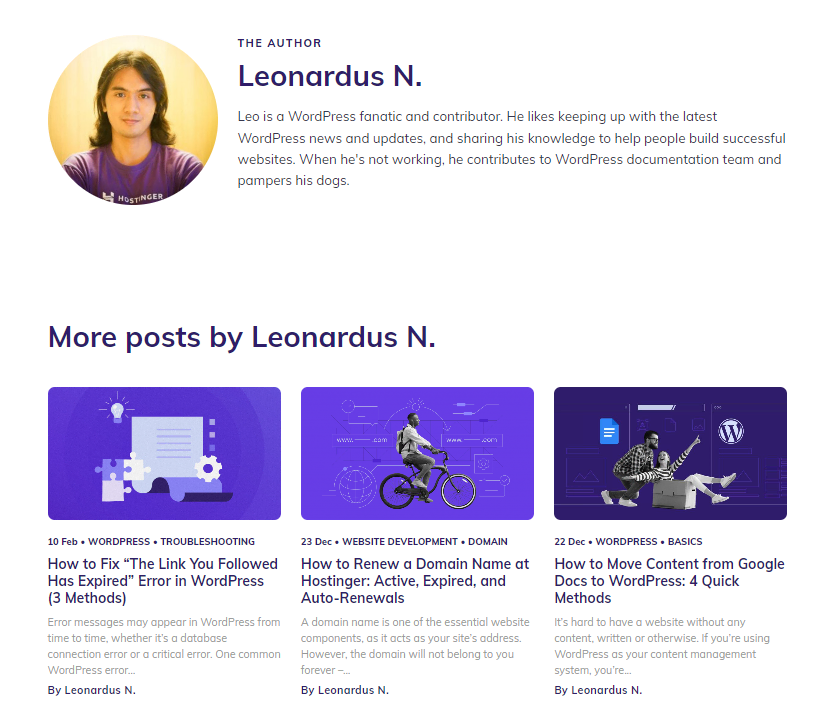
Leo also wanted to step up his contribution game by diving deeper into the world of open-source projects. “I want to understand the whole release process. When I’m contributing to the Documentation team, I only focus on one area of the project,” he says. “When I got involved in a WordPress release, I experienced more cross-functional workflows. I got to interact with contributors from various teams such as Core and Marketing.”
It was also Pooja Derashri’s first time being part of a WordPress release squad. She has been contributing to the project since 2017, mainly in the Training team.
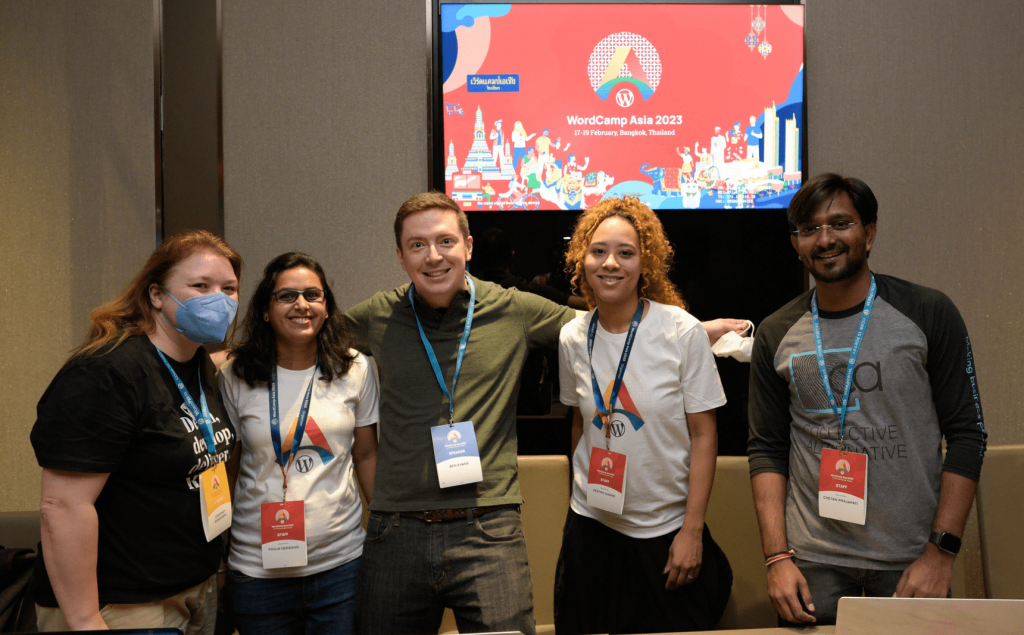
Even though it was her first time being a release co-lead, Pooja has been involved in moving the past few WordPress releases forward.
“I have attended a few beta releases and release parties and contributed to testing some WordPress versions,” Pooja says. “I don’t want to limit my contribution. It has always been my aspiration to explore other contribution teams, like Core testing. So it fascinates me to become a part of the release.”
To pursue her aspiration, Pooja followed the whole WordPress 6.2 release process. Then, when 6.3 was announced, she volunteered to be a part of it.
Meanwhile, Ahmed Kabir Chaion has been a part of the release squad multiple times – from WordPress 5.9 to 6.1.
“I wasn’t in the release squad for 6.2 because I was busy with WordCamp Asia. Now that the event’s over, I volunteered again as part of the Core Triage team,” says Ahmed.
Coming from a language background with a sufficient understanding of programming, Ahmed started his journey in WordPress contribution by creating triage meeting summaries.
During WordPress 5.6, Tammie Lister and Estela Rueda – both were Design team reps – noticed Ahmed’s consistent contribution to the WordPress project. They offered to train him to become a Core contributor and a release co-lead.
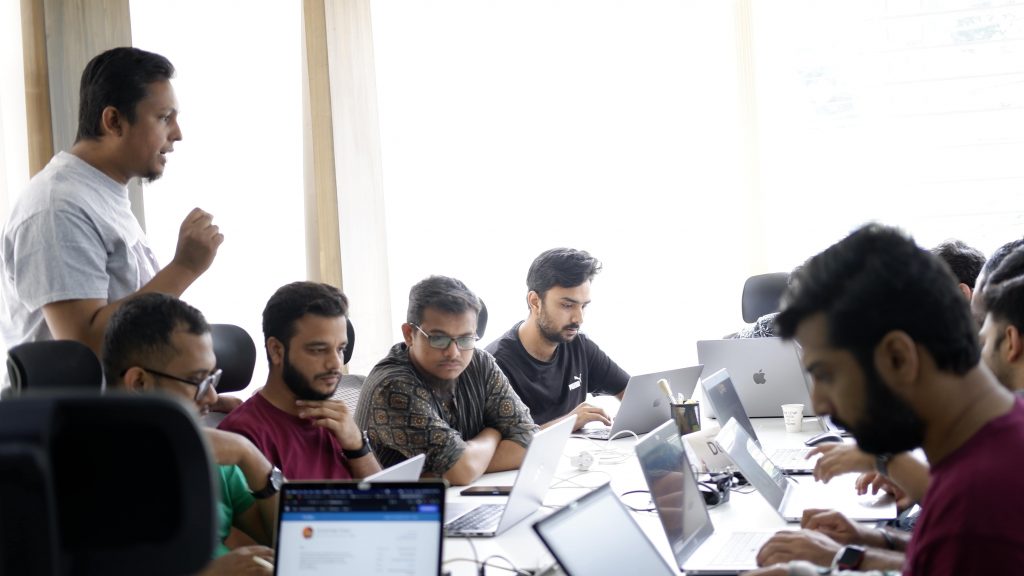
For WordPress 5.8, Ahmed got an opportunity to work directly on the release, but he was not part of the release team. During version 5.9, he continued to express his interest in joining the release squad. He was then selected as one of the Triage co-leads.
“Versions 5.9, 6.0, and 6.1 are the releases where I tried to constantly improve my role as a Triage lead. When I decided not to participate in the development of version 6.2, it was very important for me to learn that I don’t have to be involved all the time. There are times when I can take a break and come back stronger,” Ahmed admits.
Working on a WordPress Release
So, what were Leo, Pooja, and Ahmed assigned to in this release squad?
“There were four Documentation co-leads for WordPress 6.3. We split the tasks – two of us worked on user documentation, and the other half took care of developer notes,” Leo recalls. “I was in charge of developer notes. While user documentation is like a knowledge base for end users, developer notes are the same but for developers. It was something new for me.”
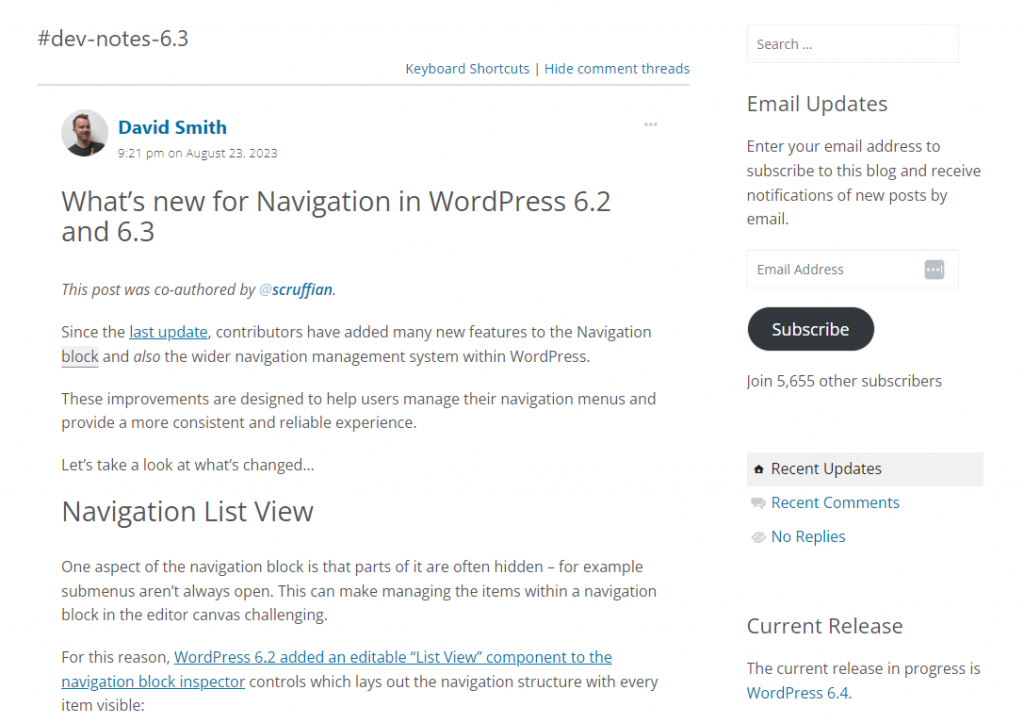
All developer notes should be ready to publish during the first Release Candidate. Hence, Leo’s most intense working period was the two to three weeks before the first Release Candidate.
“During the first Release Candidate, most of the features were almost ready. But changes are still possible at this stage,” Leo explains. “Developer notes should be written by those who own the ticket or the request, not by the Documentation team. Our job is to wrangle these tickets, contact the ones who should write the notes, categorize them to see if some can be merged, then review and publish them.”
After the first Release Candidates went public, Leo occasionally helped update user documentation. “They include interface changes, screenshots, new features, and new Blocks. There were a lot of them,” says Leo.
Pooja, as the Test co-lead, handled the Call for Testing publications. The posts offer an opportunity for anyone to test WordPress’ latest release and for developers to gather user insights. This promotes a culture of review and triage within the project.
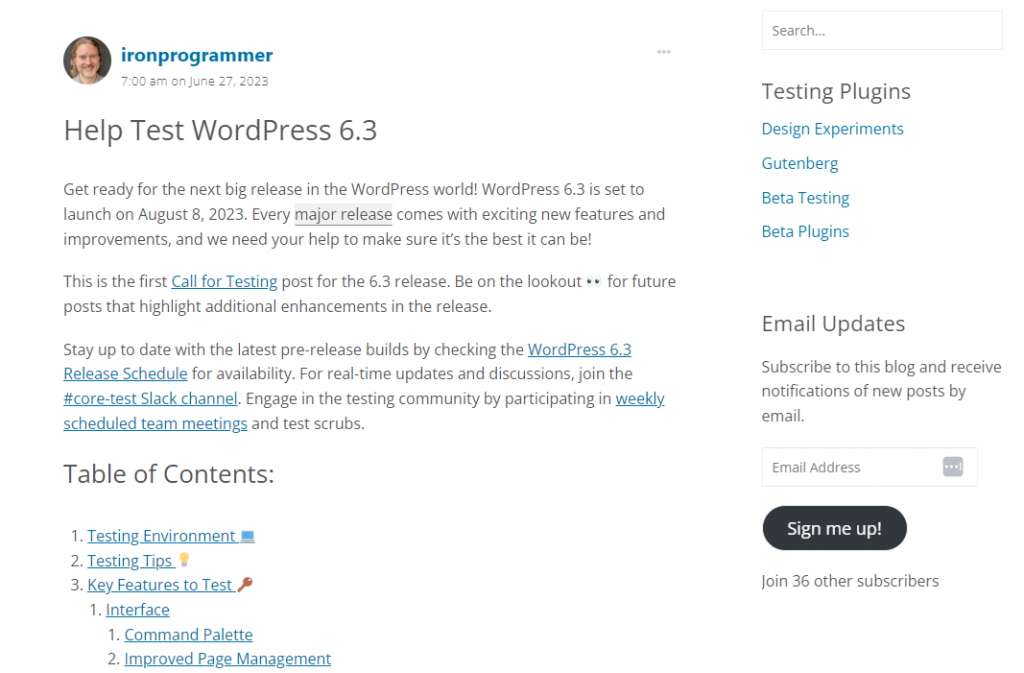
“It’s published on the same day as the Beta version of WordPress 6.3,” recounts Pooja. “My fellow Test co-leads and I closely monitored each feature enhancement scheduled for this release.”
“We monitored Gutenberg versions from the previous releases, attended every bug scrub in the Core team’s Slack channel, read their notes, and explored 6.3’s GitHub project board,” Pooja continues. “Then, we also went to many code-related Slack channels to gather updates and information. We wanted to gather all the testing-related information in one place.”
Pooja and her teammates went on to publish more Call for Testing publications based on the changes throughout the release cycle.
Then we have Ahmed, who handled triaging. Since Ahmed already has experience in release development, he mentored the release squad’s first-timers.
“My role as a Core Triage co-lead was to train and mentor the ones who haven’t done Triage lead before,” says Ahmed.
“Since we have four Core Triage co-leads, we tried to cover two time zones. So, there were two co-leads from Asia Pacific (APAC) and two from Europe, the Middle East, and Africa (EMEA). This is so we can contribute and complement each other.” With this arrangement, Ahmed worked with Mukesh Panchal to cover the APAC time zone. Meanwhile, JB Audras and Olga Glecker covered the EMEA ones.
“I helped JB articulate plans for the triage. This included deciding on the triage sessions, which must cover as many different time zones and days of the week as possible,” says Ahmed. He also points out the importance of having more than one triaging session per week, which encourages more people to come.
“I have been a part of the release squad a few times, and JB is a release squad veteran. So, we prepared the draft plan, and Mukesh and Olga helped finalize it,” Ahmed continues. This helps newer co-leads hone their skills and prepare for upcoming releases.
The Challenge
For Ahmed, the biggest challenge was when a major bug was encountered during the Beta 1 phase, which caused a fatal error. “We had to push a few dates because the bug was severe,” he says. Fortunately, there were more squad members working on WordPress 6.3 than usual, making it faster to reach a solution.
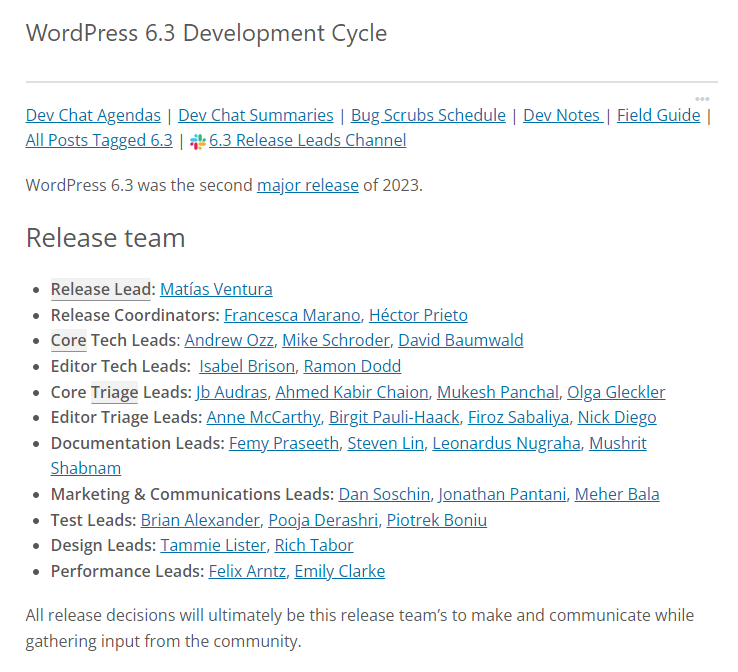
Meanwhile, Pooja faced the challenge of overcoming worry when starting something new. “At the start of the release cycle, I was so confused about what to do and how to start. Thankfully, my co-lead Brian Alexander guided me a lot throughout the release process and helped me navigate my duties and responsibilities.”
Pooja has participated in tests for patch beta releases and Release Candidates of previous WordPress versions. Still, she was surprised that the process was different from what Test co-leads do.
“That’s why I really appreciated how the WordPress release coordinators tried to balance the team composition this time. New people joined, but there were also more experienced team members. No one felt pressured when working on this release,” she explains.
Leo also shares a concern similar to Pooja’s – starting something new can be scary sometimes. “Interacting with many new people can make you nervous. But it turned out everyone was very welcoming. After a couple of days, I started to get the hang of it,” Leo recounts.
He also found the many sub-tasks of creating developer notes pretty complex. There were lots of back-and-forth communications throughout the development process.
Fortunately, Leo also felt very supported during his first stint as a Documentation co-lead. He appreciated how Milana Cap, a Documentation team rep, held an Ask Me Anything session for all Documentation co-leads. Meanwhile, Abha Thakor shared some advice about Core team resources.
“Many people helped me. Steven Lin, a fellow Documentation co-lead, showed me where to find the developer notes and how to identify tickets in Core or Gutenberg. I decided to focus on the Gutenberg ones,” Leo recalls.
When Birgit Pauli-Haack noticed that Leo was doing the Gutenberg developer notes, she also offered her help, passing on her knowledge as a former Documentation co-lead. “I followed Birgit’s best practices to wrangle developer notes,” Leo says.
The Fun Stuff
Ahmed enjoys seeing people’s reactions when they find out he’s not a programmer.
“Some people assume that I am a programmer who has the actual solution for the tickets. They’re surprised upon knowing I’m simply a documentation person who summarizes the issue, solution, or procedure,” Ahmed says. “I feel like it’s surprising for me as well, and at times overwhelming. But this learning experience is very worth it.”
Leo finds it delightful to know the workflow behind a WordPress release – from Beta, Release Candidates, to the final release date. Working on developer notes, viewing tickets, and pulling requests for new features and bug fixes helped him learn more about the upcoming WordPress release.
“Usually, it’s quite hard to find resources on technical stuff during the first days of a release cycle. It’s nice to understand what’s running under the hood,” Leo admits.
Meanwhile, Pooja had a particularly funny memory during the 6.3 release. “It was the day of the 6.3 Beta release,” Pooja recalls. “I wasn’t well that day – I had a fever. I waited almost four hours until midnight in my time zone, expecting to kick off the Beta release party. But it was postponed for 24 hours due to technical issues.”
“It was very exciting, but since I took medicine for my fever, I was unaware that I was falling asleep while holding my laptop. When I woke up in the morning, I was still holding it open in front of me in bed,” she laughs, “I was happy I didn’t miss anything.”
When asked about their favorite improvement in this release, Ahmed, Leo, and Pooja had different opinions.
For Ahmed, it’s about the improved workflow. “The WordPress 6.3 release had more people in the release squad, so the workload was less demanding. People worked more compassionately with each other,” he says.
Meanwhile, Pooja and Leo are excited about the features they have been waiting for.
“My favorites are the Distraction Free Mode, Command Palette, and Style Revisions. These features are so handy. Especially the last one, which lets users easily revise styles,” Pooja explains.
“For me, it’s how users can directly create Patterns from the Site Editor. Previously, you’d have to use a plugin, code it from scratch, or create it via the Pattern Directory. Now it’s as easy as creating a Reusable Block,” says Leo.
Onwards and Upwards
So, what else do they want to see in future WordPress releases?
“I’m definitely looking forward to the online collaboration features listed in Gutenberg phase 3‘s roadmap,” Leo says. This phase will be centered around streamlining content management flows to improve how WordPress users work, which often includes collaboration from various corners of the earth.
On the other hand, Pooja thinks that basic SEO should be part of WordPress core in the future. “Right now, we still rely on third-party plugins to improve our SEO performance. It would be good to have basic SEO as a built-in feature. If we want more advanced functionality, we can use a third-party solution.”
Ahmed’s wish is similar to Pooja’s, only he takes it a step further. “In the future, I want to see a world where having just WordPress would be enough to have a wonderful website.”
The upcoming WordPress 6.4 release will be run entirely by a squad of female and nonbinary contributors, reprising the historic WordPress 5.6 release.

Pooja will reprise her role as a Test Lead in the 6.4 release. “I’m so excited for the 6.4 release. In the past few years, we have been trying our best to promote and maintain Diversity, Equality, Inclusivity, and Belonging in our meetups and WordCamps. I’m sure it will set another benchmark of success in the open-source ecosystem. We want to share the message that women and non-binary folx are not lesser than.”
For WordPress enthusiasts who want to be part of the release squad, Ahmed suggests being proactive in understanding the ins and outs of WordPress. “At least experience or witness one release cycle entirely. See how the squad was formed, why one person got selected, and what kind of work they delivered.”
Ahmed continues, “Once you have the information, only then volunteer. That can make the whole process easier. Learning on the job is one thing, but it would create an additional workload for others if you cannot deliver your part. It’s a voluntary commitment, so it’s great if you can be reliable for the tasks.”
Being a part of the release squad indeed requires a certain level of expertise and experience. But this should not discourage anyone from aiming for it in the future.
“After contributing to this community for a while, you’ll start connecting with fellow WordPress enthusiasts. Here, everyone loves to lift each other up. When you encounter difficulties, there will be many people who are more than happy to help,” assures Leo, emphasizing the supportive nature of the WordPress community.
Suggested Resource
If you want to start contributing for the WordPress project, check the Make WordPress page.


